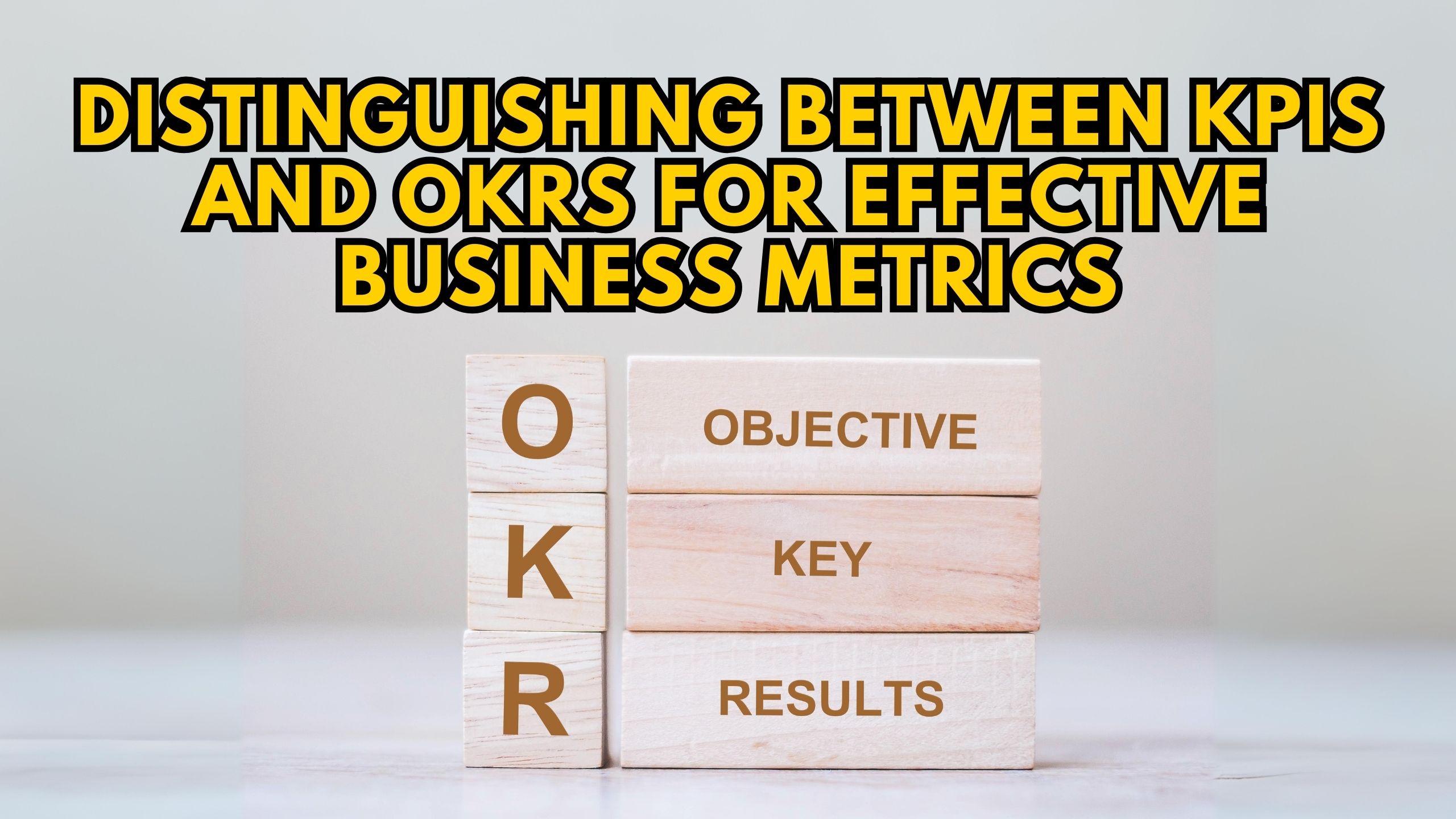Distinguishing Between KPIs and OKRs for Effective Business Metrics
- Expense Management Software Credit Cards Investing Business Solutions


Distinguishing Between KPIs and OKRs for Effective Business Metrics
Understanding the nuances between Key Performance Indicators (KPIs) and Objectives and Key Results (OKRs) is crucial for businesses aiming to enhance their strategic planning and performance evaluation. In this comprehensive exploration, we delve into the definitions, applications, and differentiating factors of KPIs and OKRs, shedding light on their unique roles in driving organizational success.
Unveiling the Essence of KPIs and OKRs
Key Performance Indicators (KPIs)
KPIs are quantifiable metrics that measure the performance of specific business objectives. They serve as benchmarks, providing organizations with insights into their progress toward strategic goals and helping them make informed decisions based on real-time data.
Objectives and Key Results (OKRs)
OKRs, on the other hand, are a goal-setting framework that aligns and focuses teams. Objectives are ambitious, qualitative goals, and Key Results are specific, measurable outcomes that indicate the achievement of those objectives. OKRs aim to drive performance through alignment, transparency, and accountability.
Exploring Relevant SaaS Products
1. Domo
Domo is a cloud-based business intelligence platform that allows organizations to visualize and analyze data, making it a valuable tool for tracking and analyzing KPIs. Its intuitive interface empowers users to derive actionable insights from diverse datasets.
2. 15Five
15Five specializes in performance management and employee engagement, providing a platform to set, track, and measure OKRs. With features designed to enhance communication and goal alignment, it fosters a culture of continuous improvement.
3. Geckoboard
Geckoboard is a dashboard software that transforms KPI data into visual, easy-to-understand displays. It enables teams to monitor KPIs in real-time, facilitating quick and informed decision-making.
4. Workboard
Workboard is a platform specifically designed for OKR management. It streamlines the process of setting, tracking, and measuring objectives and key results, fostering collaboration and transparency within organizations.
5. Klipfolio
Klipfolio is a dashboard tool that aids in creating visualizations for KPI tracking. It integrates with various data sources, providing a centralized hub for monitoring and analyzing key performance indicators.
Conclusion
In conclusion, both KPIs and OKRs are indispensable components of effective business metrics. While KPIs offer a quantitative view of performance, OKRs provide a structured framework for setting and achieving strategic objectives. Integrating both practices can lead to a harmonized approach, driving organizational success.
Elevate Your SaaS Stack with Subscribed.fyi
Ready to revolutionize your SaaS stack? Explore exclusive deals on Subscribed.fyi and unlock savings of $100,000+ per year! Effortlessly manage all your subscriptions in one place, compare options, and stay informed with free comprehensive insights. Sign up today and take control of your SaaS expenses. Your secret deals are just a click away!
Relevant Links:





